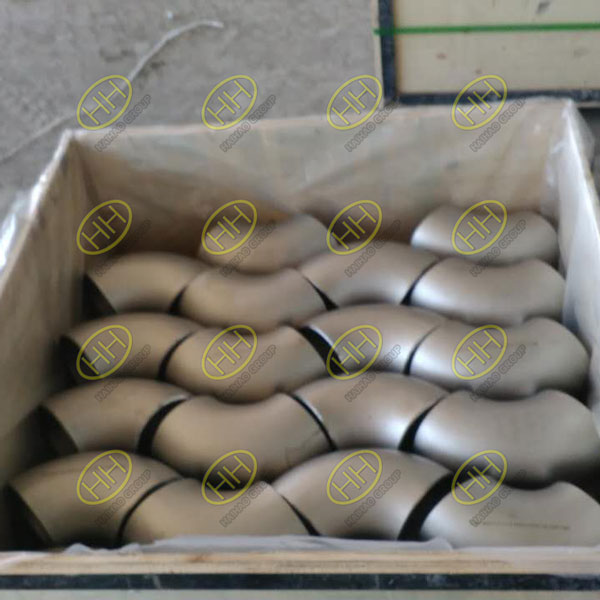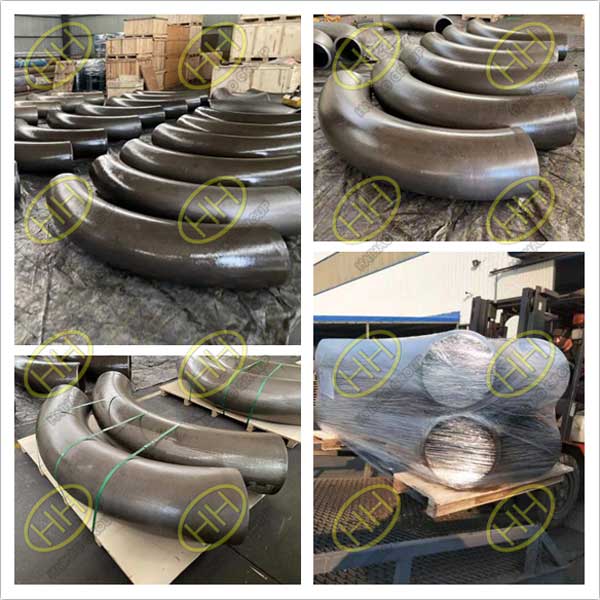Crafting quality bends and elbows: navigating challenges in manufacturing
In a world where manufacturing technologies continue to advance and diverse environmental requirements demand a wide array of pipe bends and elbows, the industry is witnessing an ever-expanding range of these crucial components. While these various types of bends and elbows share a common primary function, their performance can differ significantly in real-world applications. This diversity has brought considerable convenience to construction processes and everyday life. However, it’s essential to be aware that the production of bends still faces numerous challenges, including the occurrence of slight cracks during manufacturing. These issues not only affect sales but can also reduce the lifespan of the bends.
In the complex realm of bend manufacturing, addressing these challenges requires more than just advanced technology and production methods. It necessitates the implementation of corresponding management and control measures. For instance, exceeding certain temperature ranges during the manufacturing process can result in surface deformations and the appearance of minute cracks. Thus, it is imperative to effectively and reasonably control temperatures during the manufacturing process. So, what are the fundamental causes of these cracks?
As mentioned earlier, the first contributing factor is often inadequate temperature control. Another significant factor is the usage of subpar materials. These two factors, combined, can lead to deformations during high-speed bending processes, potentially damaging equipment in the process. Now that we understand the root causes, how can we prevent these issues? Let’s delve into the problem of microcracks in bends.
Considering the practical evolution of the bend industry, cracks can manifest in various ways during production and operation. Crack length can be perpendicular to grain boundaries or to tensile pipe clamps. Selecting different heat treatments for innovative product designs necessitates continuous calculations and bending data. Surface microcracks in product structures can evolve into crystal dragging. In the study of bending equipment mechanics and microcrack management, product tensile strength remains unaffected by environmental conditions at room temperature.
Additionally, control over curved bending is a vital factor. Different products will bend at various angles during processing, altering the direction of the bending radius—an indispensable part of pipeline manufacturing. If product wall thickness and bending mechanical properties fluctuate during processing, it can significantly impact product quality.
Bending is the most commonly used method, with variations such as roll bending, push bending, mold bending, and non-mold bending. Factors like the use of molds, the presence of cores, and whether heating is involved categorize these bending methods. In recent years, we have witnessed innovations like zero-radius bending, high-frequency induction bending, and bending with thermal stress laser forming.
In conclusion, as the manufacturing landscape continues to evolve and diverse applications demand increasingly varied types of bends and elbows, it’s crucial to navigate the challenges that come with these advancements. By understanding the root causes of issues like microcracks and implementing effective strategies, manufacturers can ensure that their bends and elbows meet the highest quality standards. Precision temperature control and thoughtful considerations in product design are vital steps in producing bends and elbows that excel in performance and durability.
For inquiries about our advanced bend manufacturing capabilities and our commitment to delivering high-quality products, please contact us right now.


